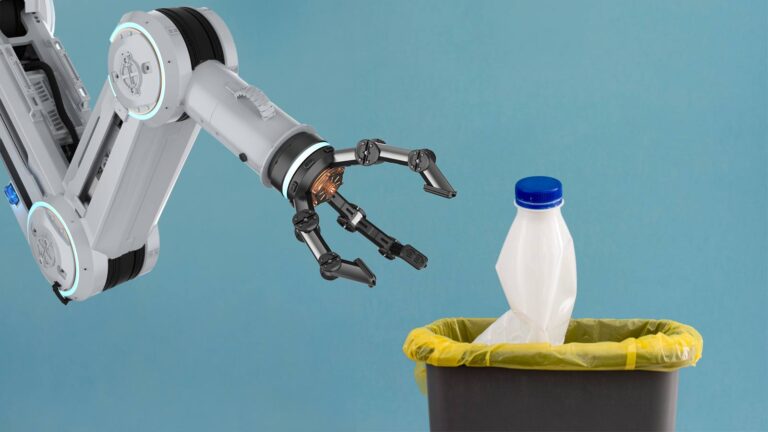Sustainable development is based on several axes: Use of renewable energy, water cycle management, circular economyThe latter approach aims to minimize waste generation with a view to achieving zero waste. To achieve this objective, the implementation of recycling policies is essential, but one of the obstacles is the sorting of waste. The materials involved are of diverse origin and composition, which requires meticulous sorting.
This is done through different techniques such as magnetic separation, levitation by immersion in liquid, decomposition processes or manual separation. Fortunately, technological advances such as artificial intelligence and robotics are making the work of recycling plants easier. The goal is that the waste we generate will not end up in landfills, but will have a second life, transformed into other products or raw materials.
The most common types of municipal waste
-
-
To understand the challenges this type of recycling plant faces, it helps to first discuss the diversity of waste and the different characteristics of the materials. Although there are many types, such as construction waste and hazardous waste from industrial activities, municipal waste sorting plants (MSW) mainly receive organic and inorganic waste.
- Organic waste. This is a biological waste that can decompose naturally.
- example: Food scraps, fruit and vegetable peelings, coffee grounds, leaves, yard waste, etc.
- Inorganic waste. In this case, they do not break down naturally and are generally non-biodegradable waste.
- example:
- plastic: Bottles, containers, bags.
- metal: Cans, lids, metal objects.
- Glass: Bottles, bottles, bottles.
- Paper and cardboard: Newspapers, boxes, magazines.
- fiber: Clothing, fabrics and synthetic fibres.
-
Robots used to sort waste
Curiously, the most reliable way to sort trash is often by hand, using a human operator, so researchers at Tsinghua University set out to develop a robot that could mimic human touch to sort trash.
Humans have several types of tactile sensitivity, one of which is thermal sensation. This allows us to feel the wind, feel hot and cold, and distinguish between different types of materials, such as wood and metal, due to the different thermal sensations they produce. Researchers sought to mimic this ability by designing a robotic tactile sensing method that incorporates thermal sensation to achieve more robust and accurate object detection. Furthermore, they combined this type of sensor with other sensors to maximize the efficiency of the system.
Thus, this new waste sorting technology uses layered sensors that detect material on the surface, pressure sensitivity at the bottom, and thermal changes in the middle layers. The developers tested the system on common waste materials such as: Cardboard boxes, leftover bread, plastic bags and bottles, orange peels, expired medicines, etc..
Supported by sorting algorithms, the robot achieves 98.85% accuracy in identifying and sorting waste, enabling the development of efficient and autonomous recycling solutions that also benefit human health as waste processing exposes workers to harmful chemicals and biological materials.
This robot combines several technological innovations to replicate the complexities of human touch, making it a groundbreaking invention that will not only improve waste sorting but also open up new possibilities for tactile robots, with potential applications in other areas such as: Intelligent prosthetic limbs for people with hand disorders Provides advanced tools for manipulating objects.
If you would like to find out more about the potential of recycling and waste sorting technologies in sectors such as construction, or the latest advances in renewable energy and drinking water production, subscribe to our newsletter at the bottom of this page.
sauce:


